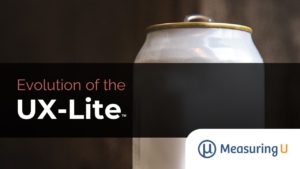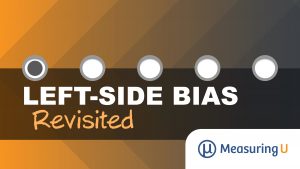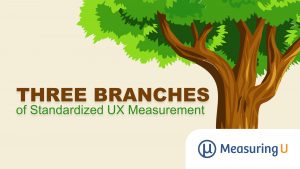
How to Estimate SUS Using the UX-Lite
If you build it, they will come. That may work for a field of dreams. But when it comes to software and products, if you want people to stay and use the product, it had better be useful and usable. Or, at least, the users should think that it will be useful and usable. That’s



